

2019-03-29 12:28:00 Fri ET
federal reserve monetary policy treasury dollar employment inflation interest rate exchange rate macrofinance recession systemic risk economic growth central bank fomc greenback forward guidance euro capital global financial cycle credit cycle yield curve
Federal Reserve Chair Jerome Powell answers CBS News 60 Minutes questions about the recent U.S. economic outlook and interest rate cycle. Powell views the current U.S. economic outlook as a favorable one. The federal funds rate hits the neutral threshold where the U.S. economy operates near full employment with low inflation. Powell reiterates the *patient* approach to further raising the interest rate as the U.S. economy grows at a moderate pace.
Although about 7 million Americans fall behind their auto loan payments and retail sales decline at the highest pace in the post-crisis period, Powell remains positive about U.S. economic growth in 2019-2020. As the American real GDP growth rate increases above 3%, there are healthy upticks in both wage growth and consumer confidence.
In light of the recent Sino-U.S. trade and Brexit negotiations, Powell considers the biggest macro risk to be a likely economic output slowdown in China and Europe. Powell considers the U.S. financial system to be more resilient with high capital buffers that help absorb extreme losses in key times of severe financial stress. The Federal Reserve is independent in the generic sense that the monetary authority needs to execute monetary policy decisions in a strictly non-political way.
If any of our AYA Analytica financial health memos (FHM), blog posts, ebooks, newsletters, and notifications etc, or any other form of online content curation, involves potential copyright concerns, please feel free to contact us at service@ayafintech.network so that we can remove relevant content in response to any such request within a reasonable time frame.
2019-10-11 13:40:00 Friday ET
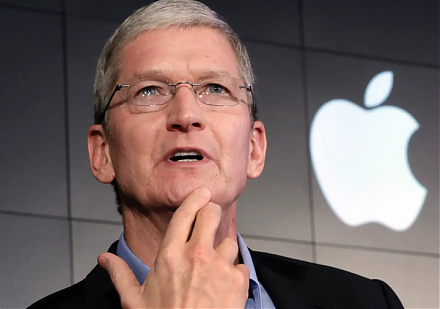
Apple CEO Tim Cook maintains a frugal low-key lifestyle. With $625 million public wealth, Cook leads the $1 trillion tech titan Apple in the post-Jobs era.
2018-08-27 09:35:00 Monday ET

President Trump and his Republican senators and supporters praise the recent economic revival of most American counties. The Economist highlights a trifecta
2019-08-03 09:28:00 Saturday ET
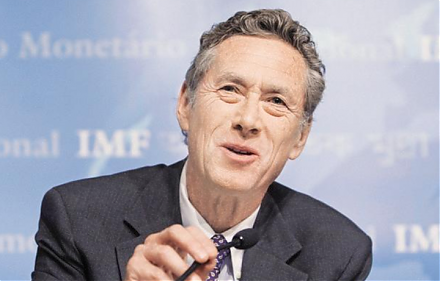
U.S. inflation has become sustainably less than the 2% policy target in recent years. As Harvard macro economist Robert Barro indicates, U.S. inflation has
2019-08-14 10:31:00 Wednesday ET
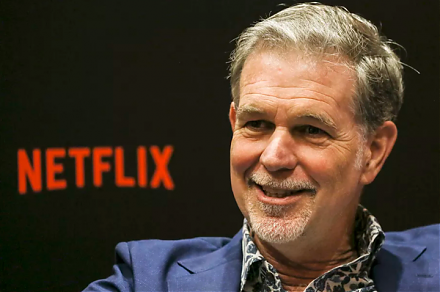
Netflix suffers its first major loss of U.S. subscribers due to the recent price hikes. The company adds only 2.7 million new subscribers in 2019Q2 in stark
2017-11-17 09:42:00 Friday ET
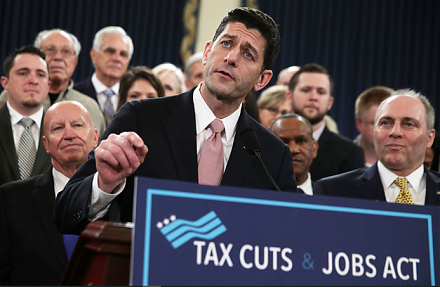
The Trump administration garners congressional support from both Senate and the House of Representatives to pass the $1.5 trillion tax overhaul (Tax Cuts &a
2023-04-14 13:32:00 Friday ET
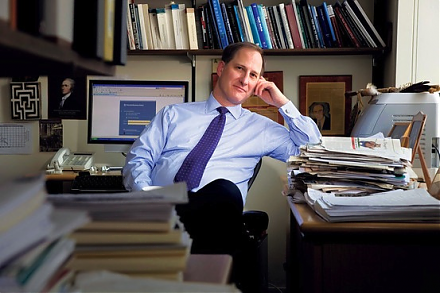
Calomiris and Haber delve into the comparative analysis of bank crises and politics in America, Britain, Canada, Mexico, and Brazil. Charles Calomiris an